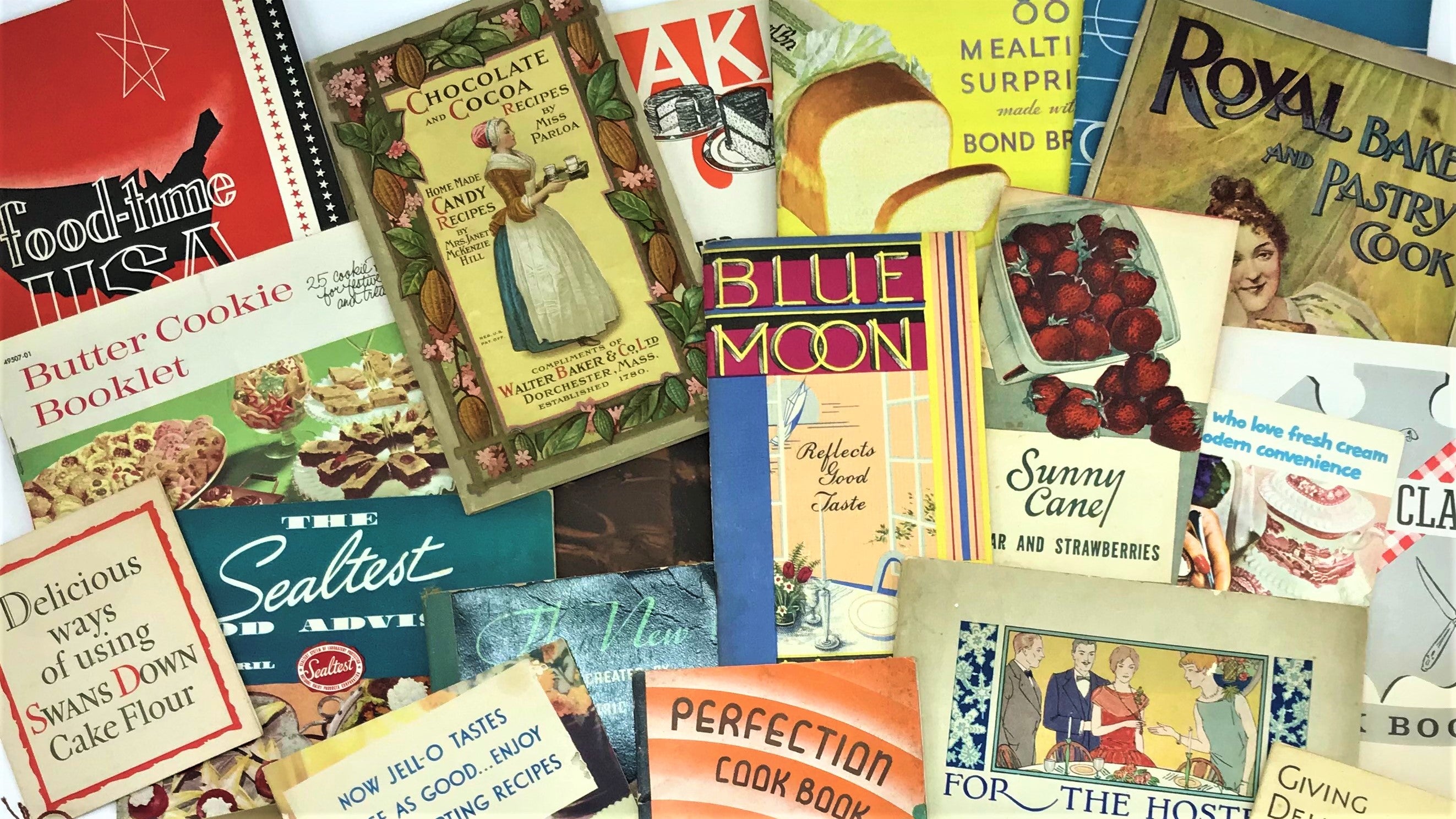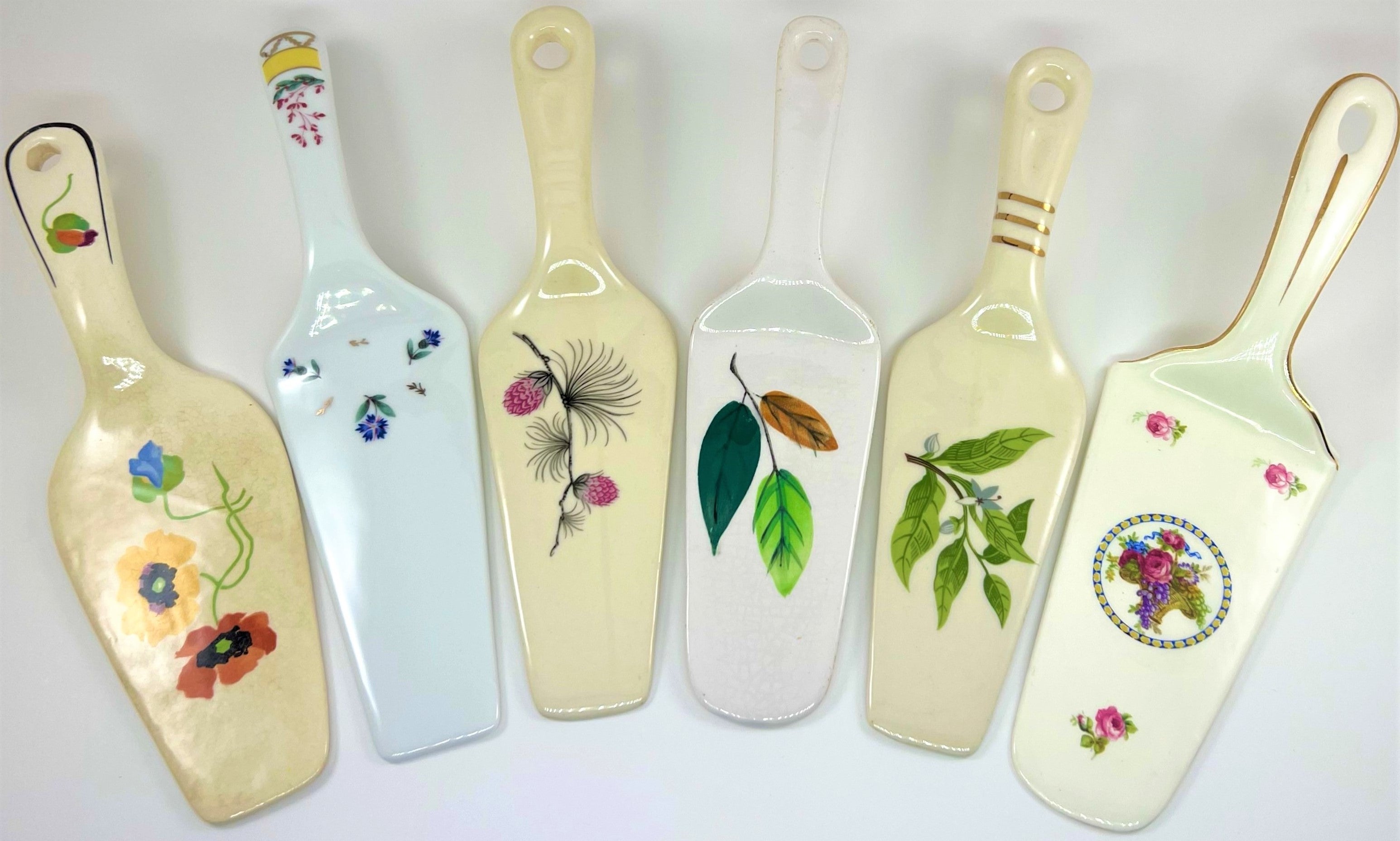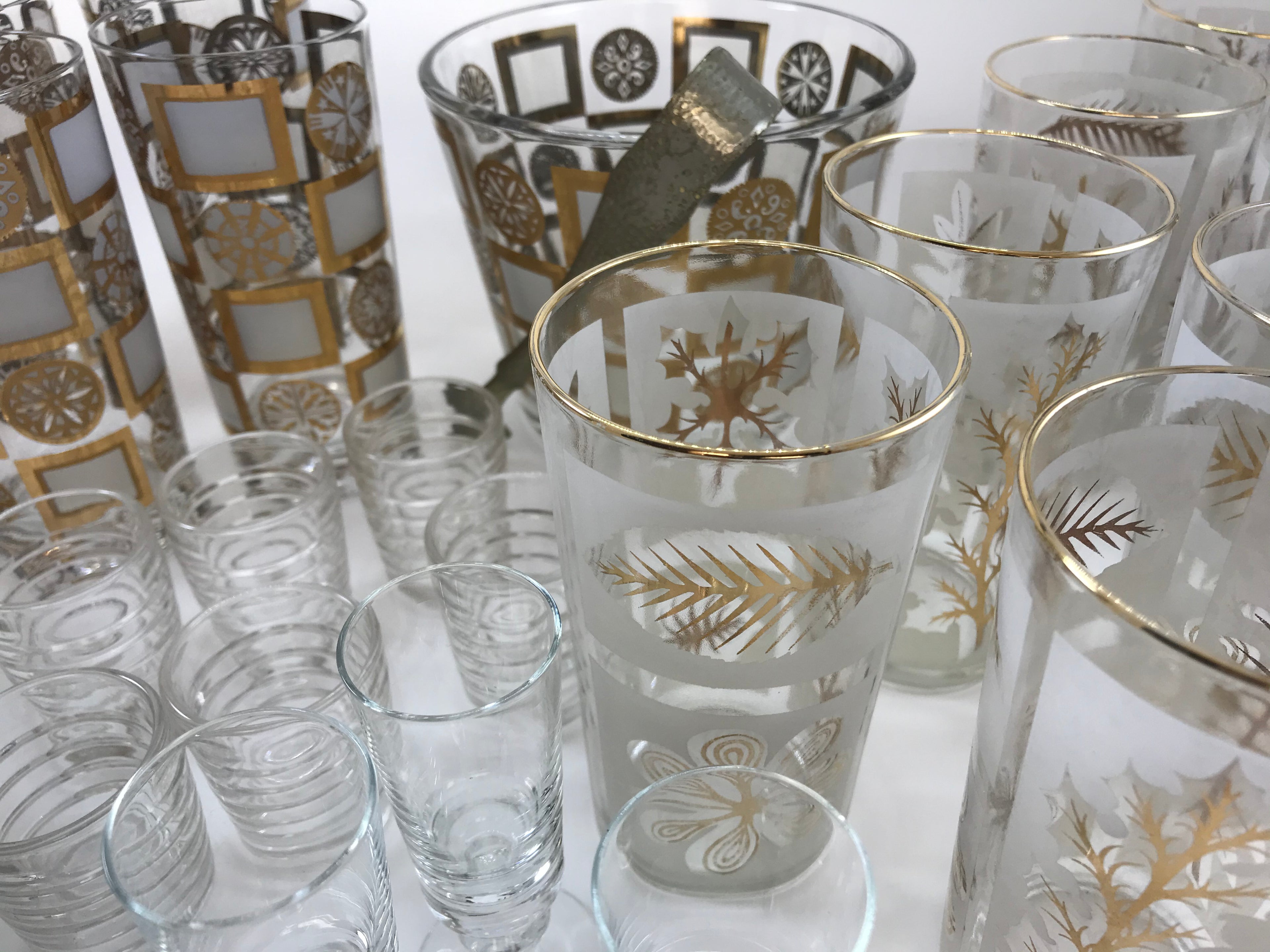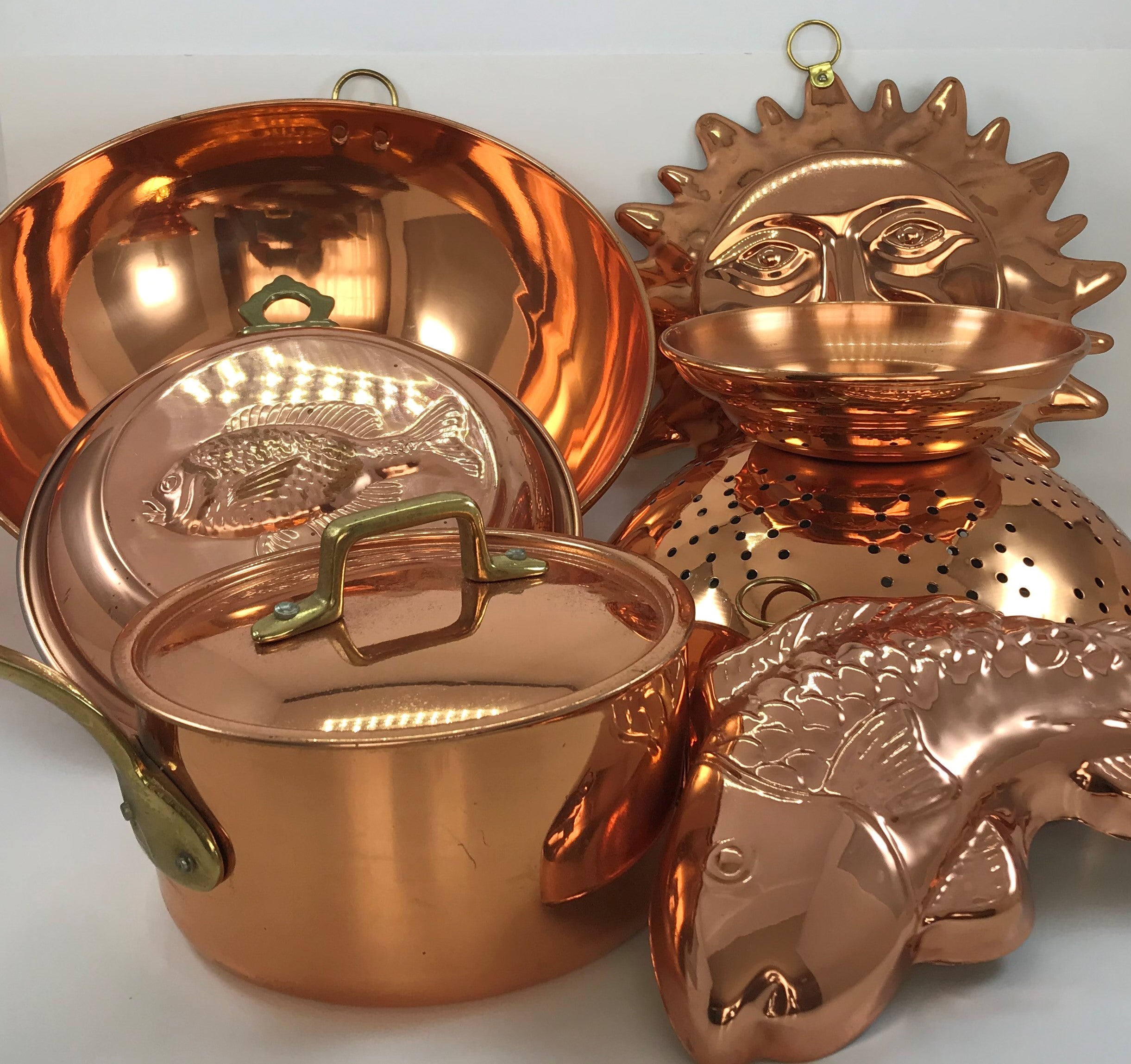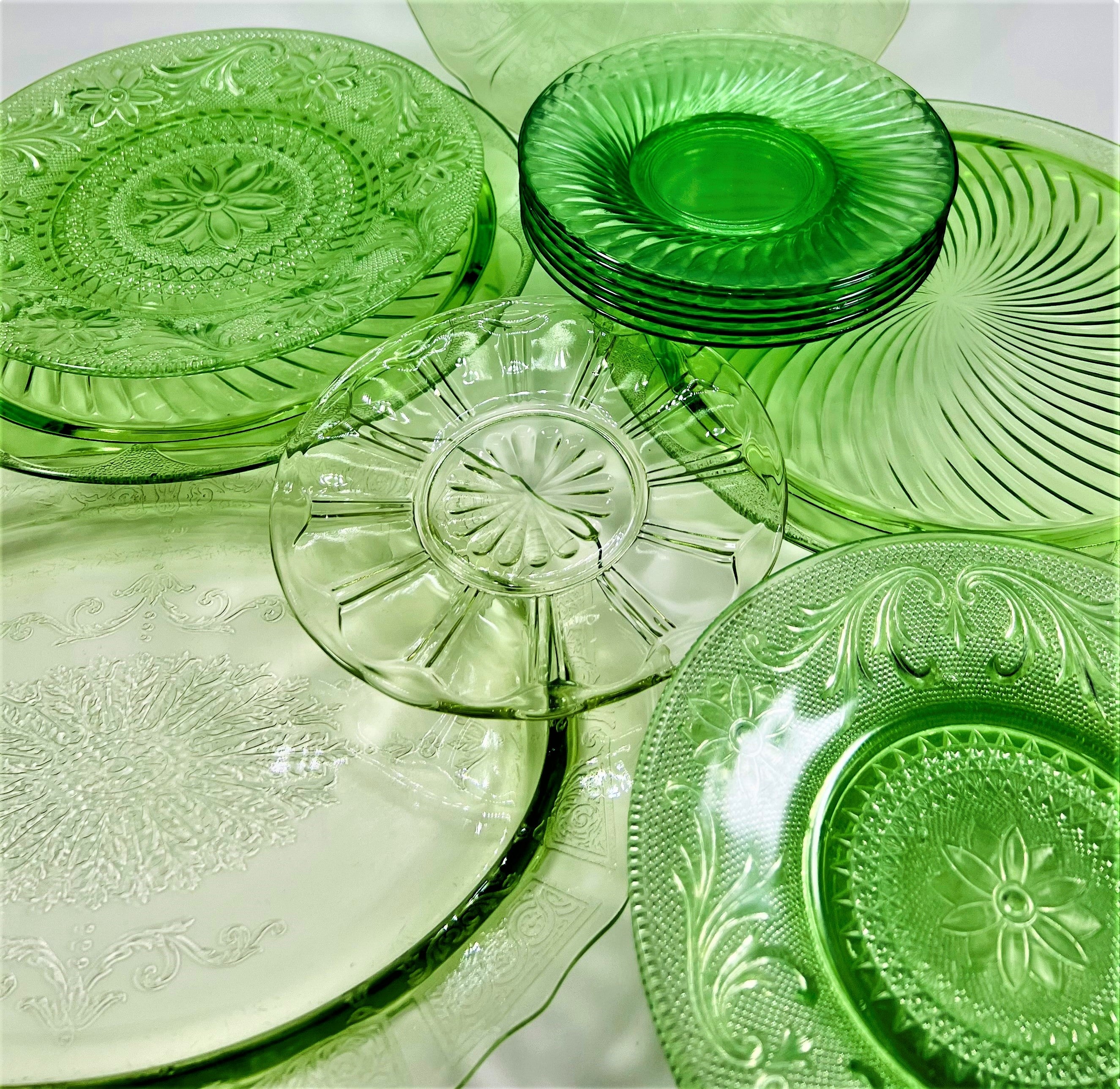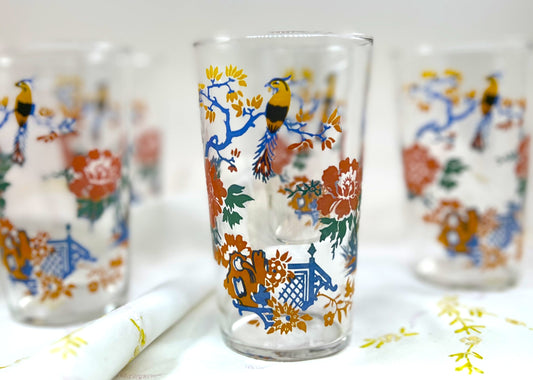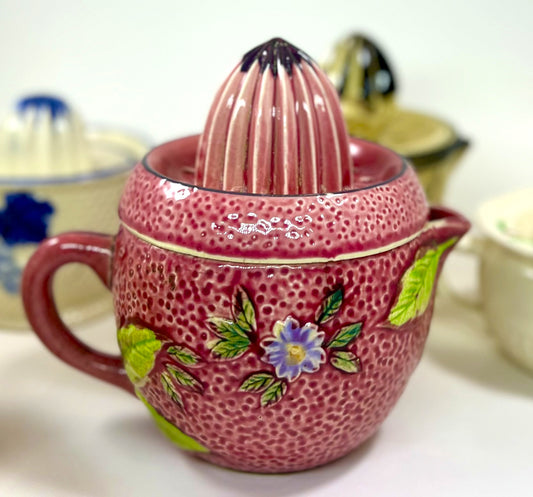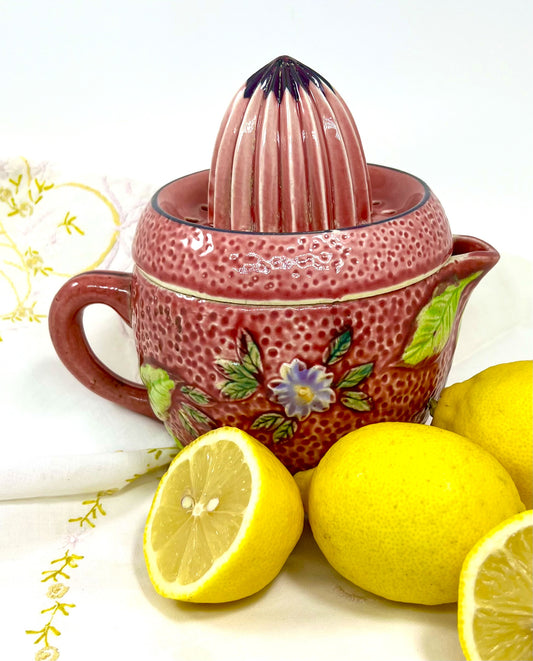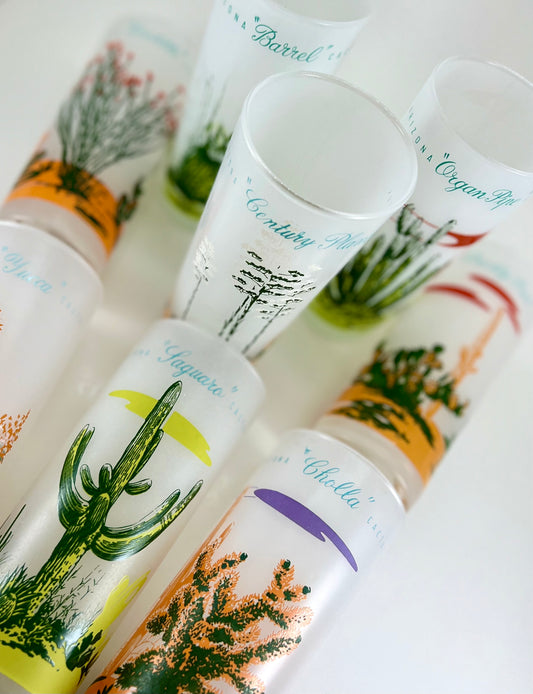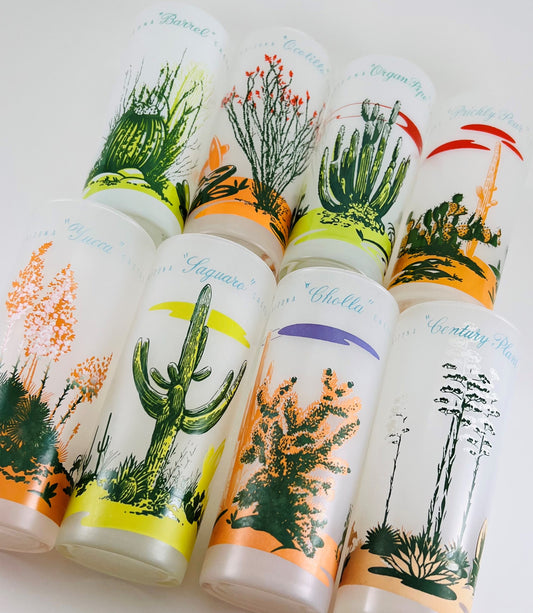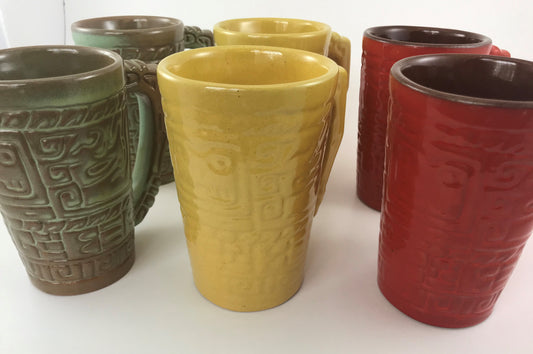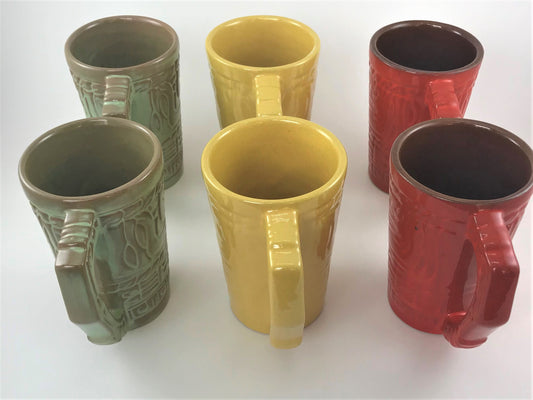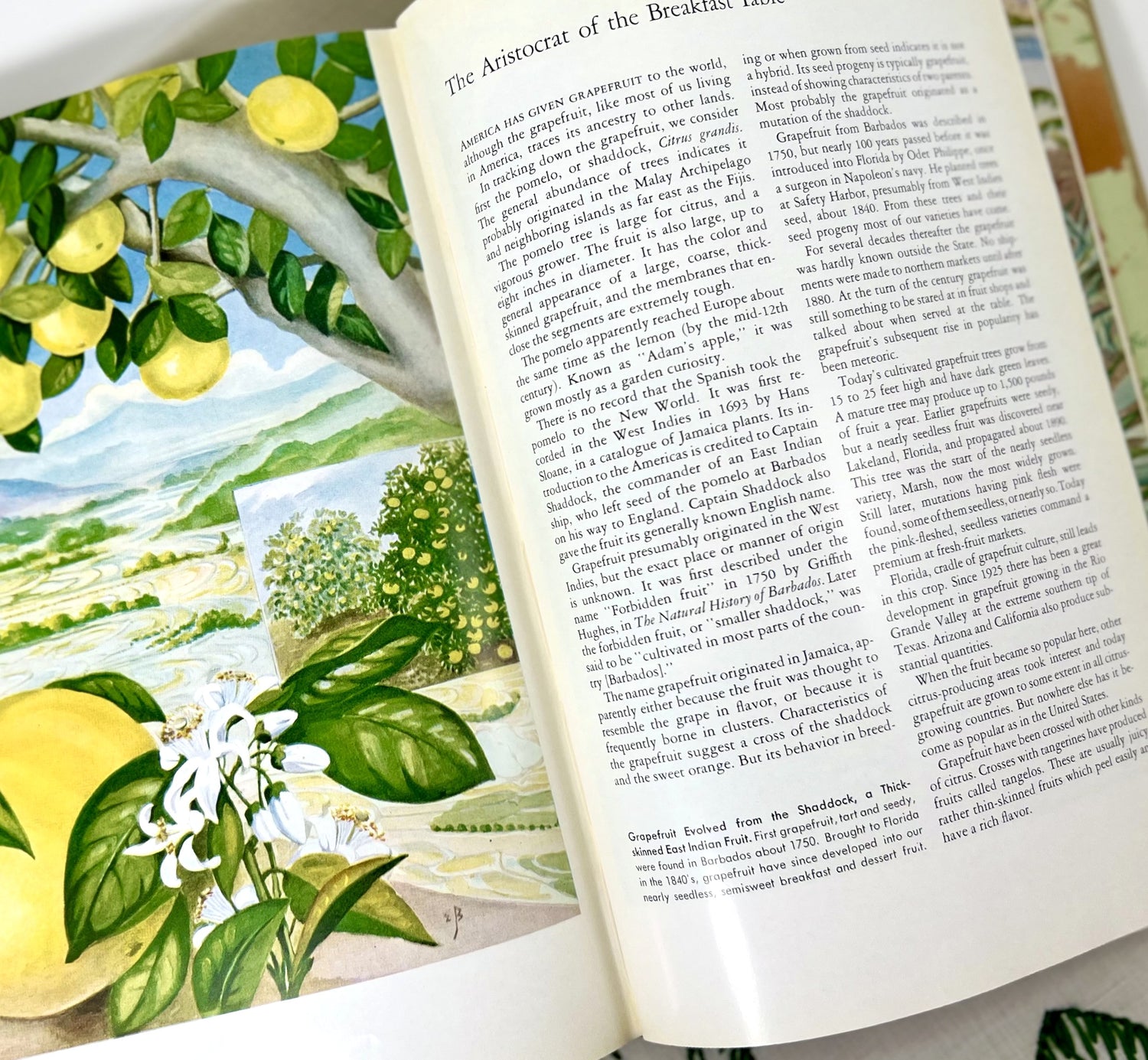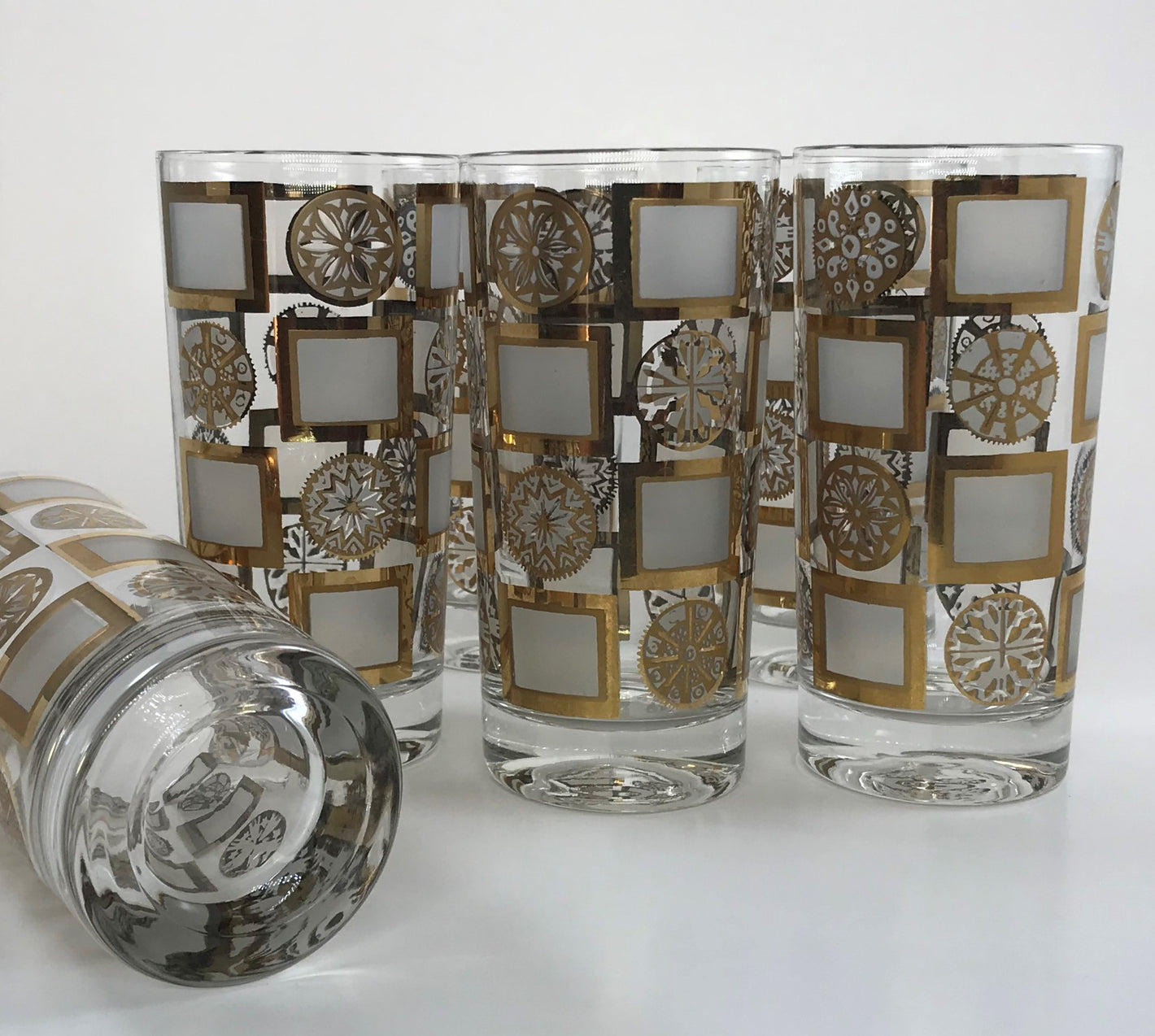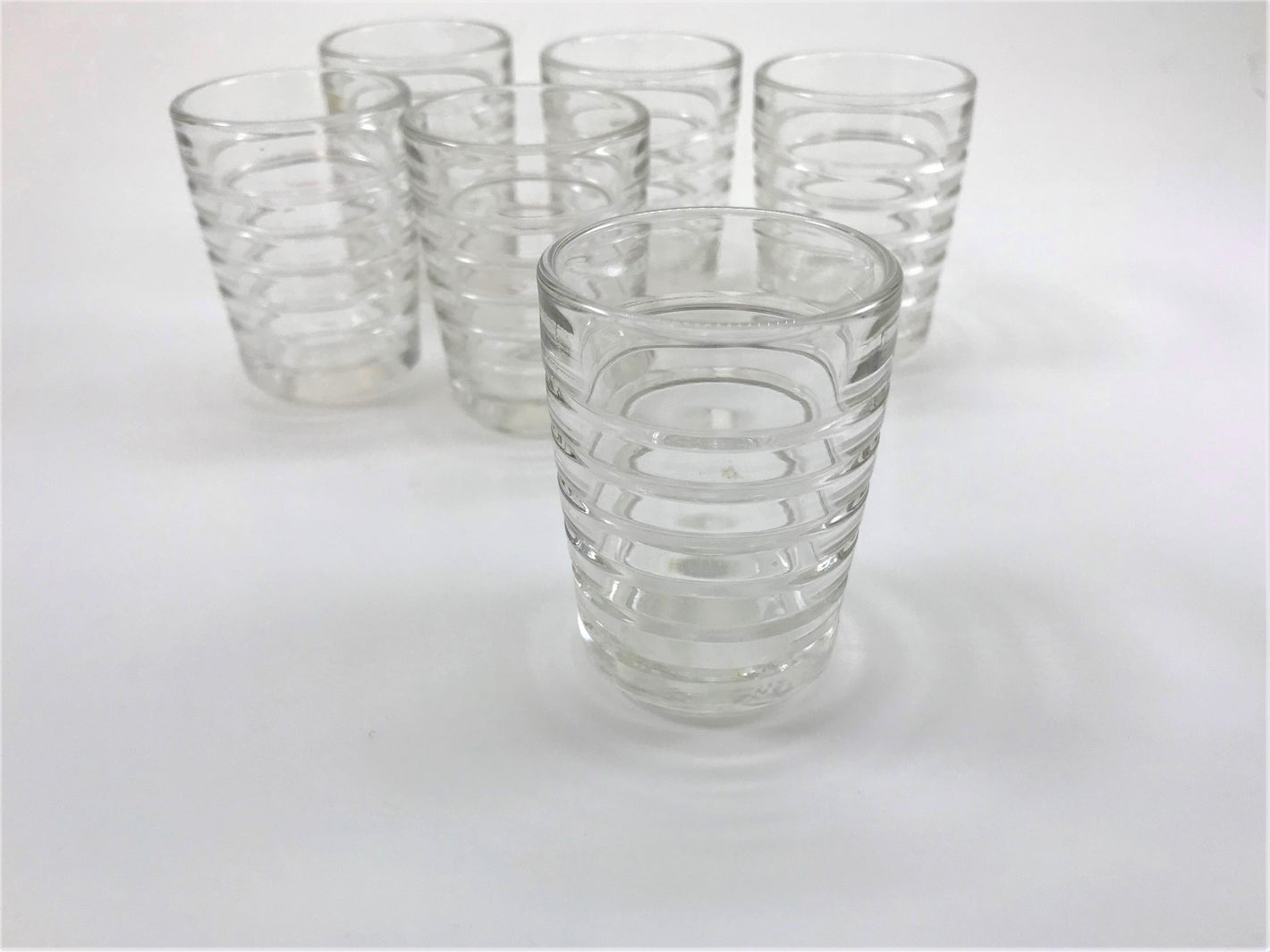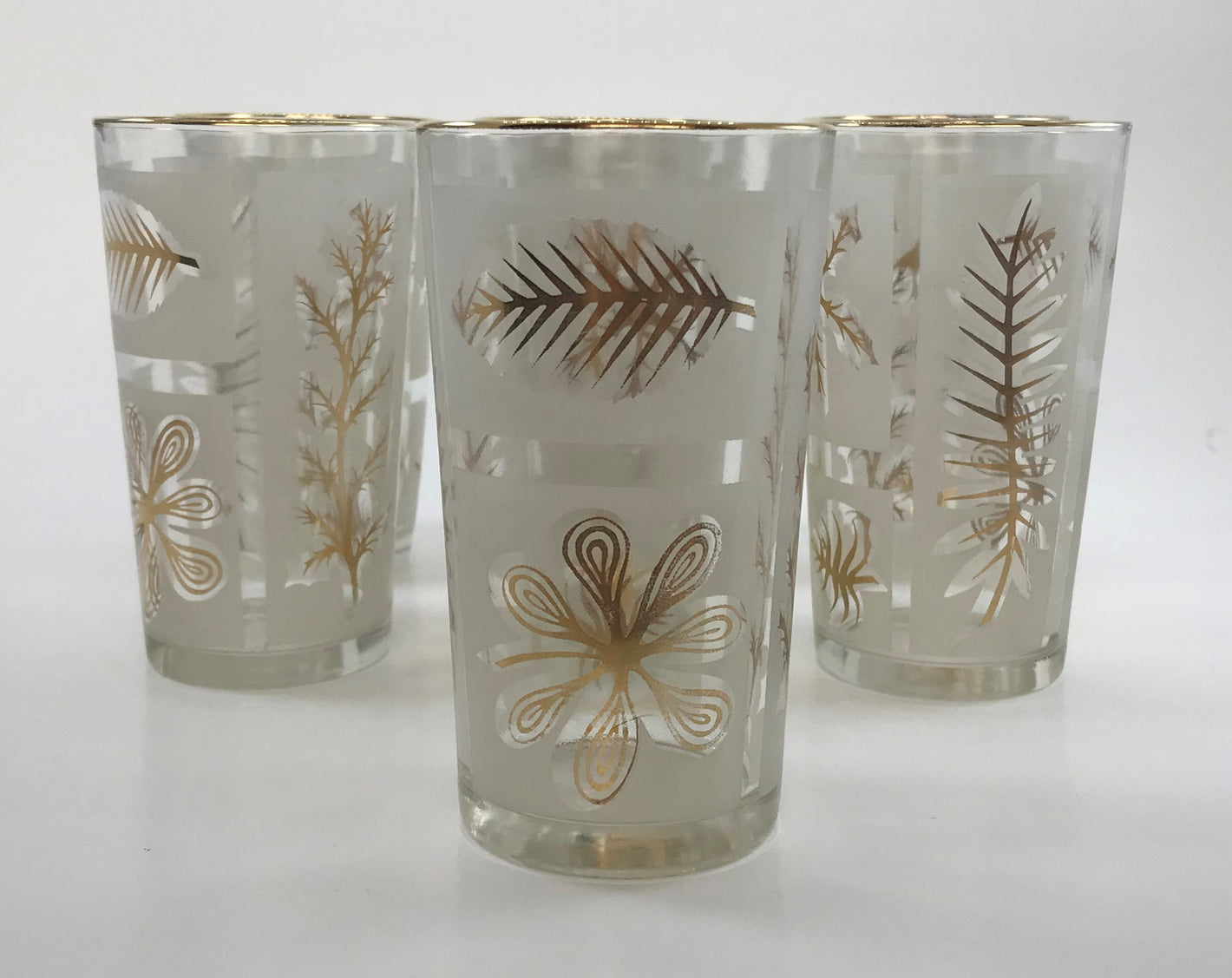
Cookbooklets
What is a cookbooklet? Thousands of small booklets filled with recipes, household tips, testimonials, and often advertisements were published and distributed by the millions through the late-19th and 20th centuries. They aren't quite cookbooks, and booklet alone doesn't seem to do justice to the unique charm of these publications. We love them and we hope you will too! Check out our very specially curated collection.
Garden Collections
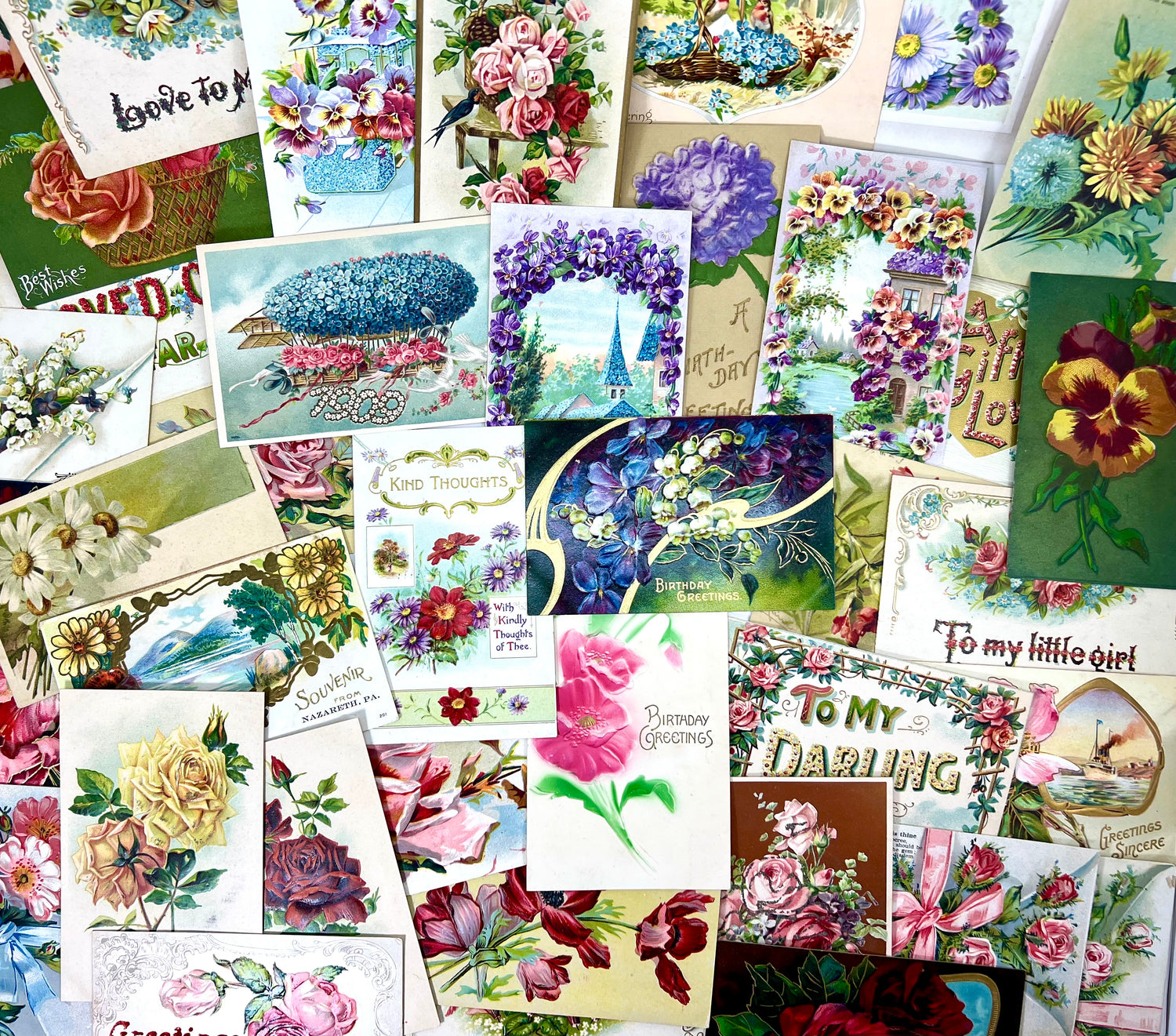
Edwardian Floral Postcards (1901-1910)
View our collection of beautiful floral postcards, saved and preserved by one woman in Pennsylvania as she lived her life in the early years of the 20th century.
Seasonal Flowers in Vintage Vessels
-
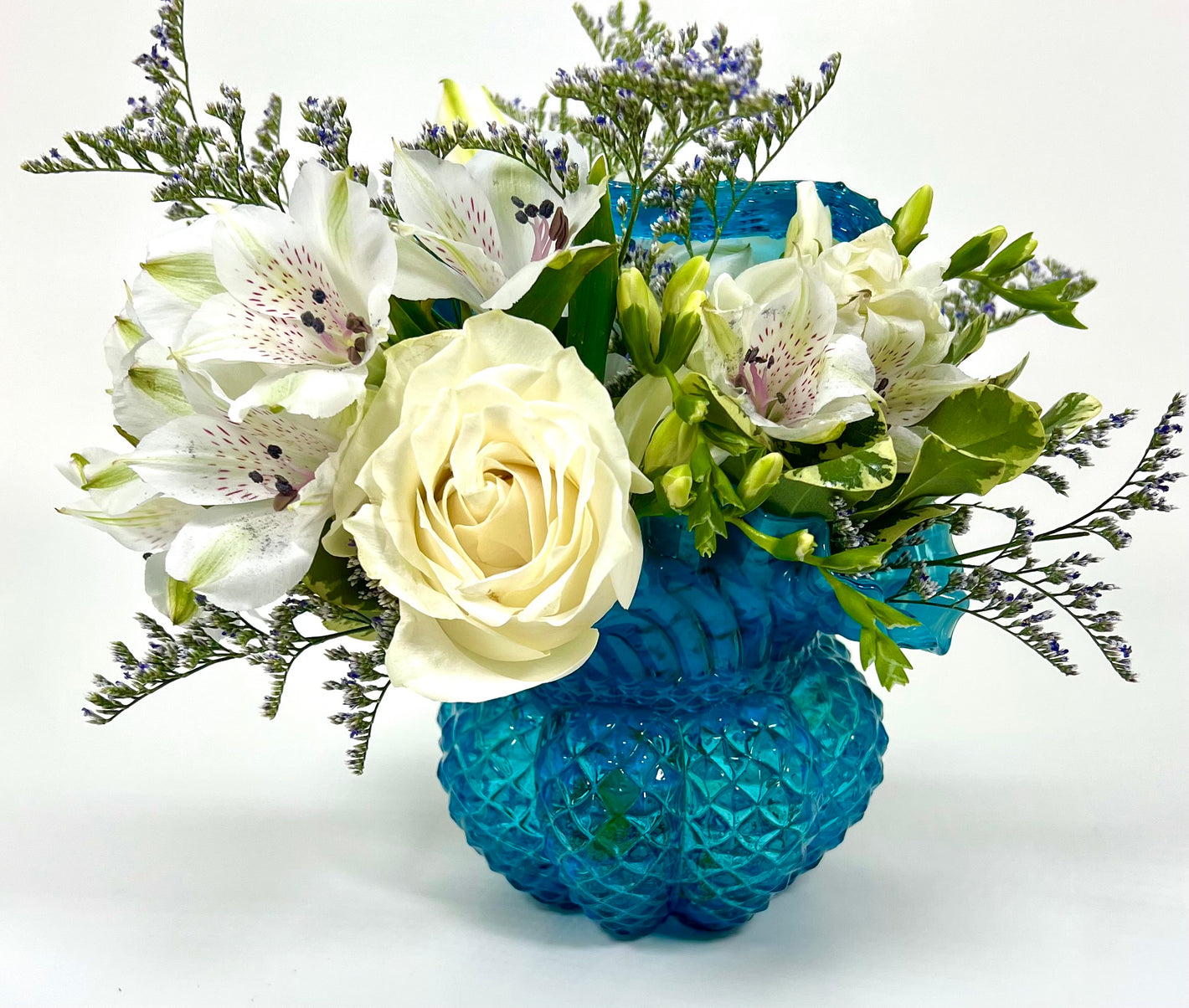
Winter Blue and White Arrangement in a Victorian Blown Glass Basket
Shop hereRoses, lilies, and alstromeria.
-

Pink Vasa Murrhina Glass Basket Vase with Leaf Feet Base, c. 1880
Shop hereAlstromeria and chrysathenmum
-

Pink Hand-blown Spangle Glass Basket, Ruffled with Twisted Handle, possibly Bohemian
Shop hereRoses and alstromeria
